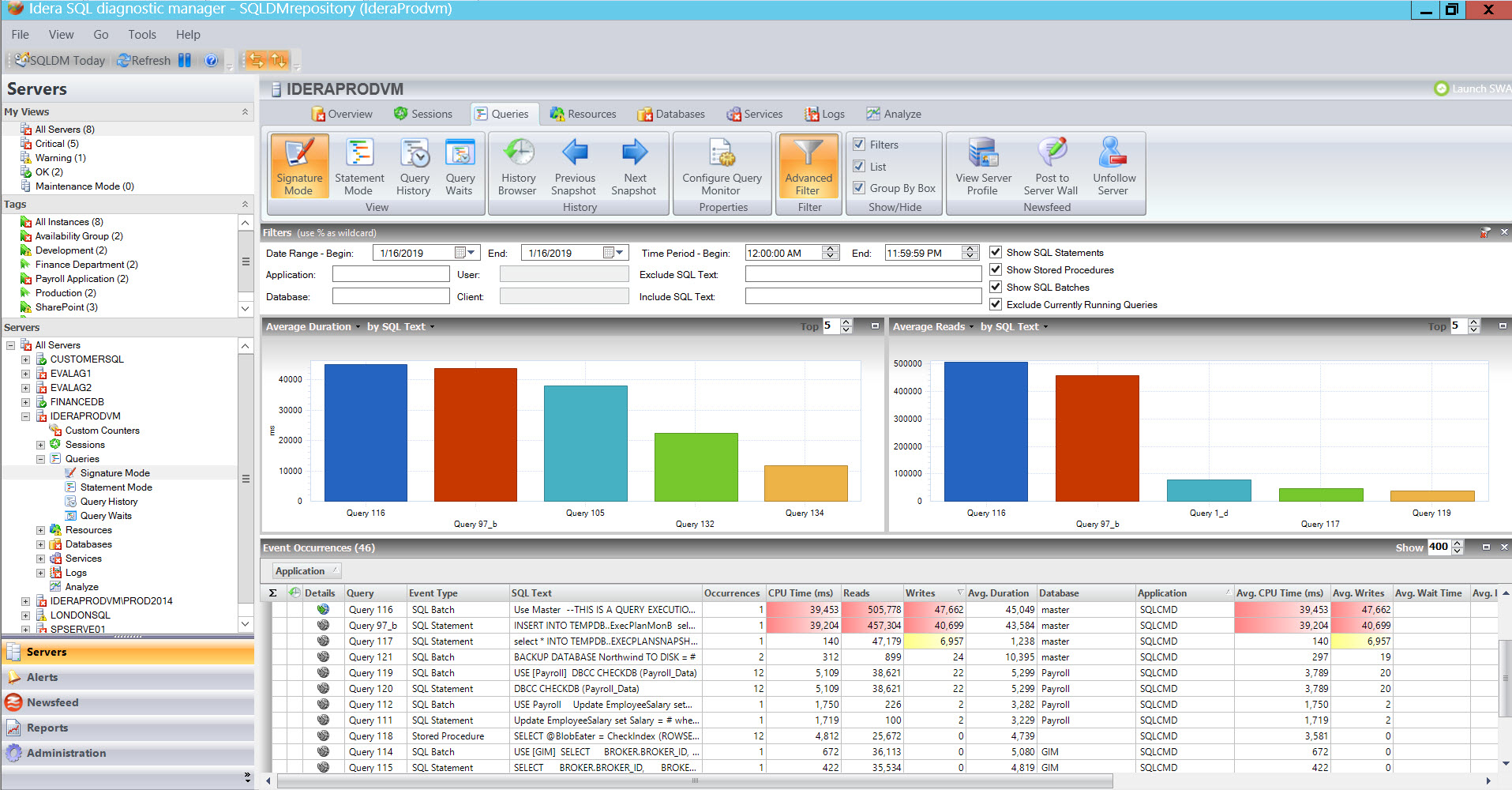Indexes in SQL Server databases can have the most significant positive impact on the performance of SQL Server instances, or they can be the worst nightmare, depending on how they are created.
The original intent with having an index is to reduce the lookup time by making queries run faster and to improve SQL query performance. Without an index, the Query Optimizer of SQL Server has to scan the entire table to process your query request. The problem can get worse when the table gets larger. While the correct indexes can boost performance, the poor ones can slow down the operations of SQL Server in both queries and writes.
View the infographic “What is SQL Indexing?” to learn about the main difference between the two main kinds of indexing (that is, a clustered index and a non-clustered index) and how they help you in your SQL query searches.
Click here to view the infographic.
Monitor the performance of SQL Server for physical, virtual, and cloud environments with SQL Diagnostic Manager with proactive alerting, prescriptive analysis, and comprehensive reporting.
View the infographic “Why Use SQL Diagnostic Manager”, read a case study, browse the datasheet, download a free, fully functioning 14-day trial, request a one-on-one demonstration, and request a price quotation.
